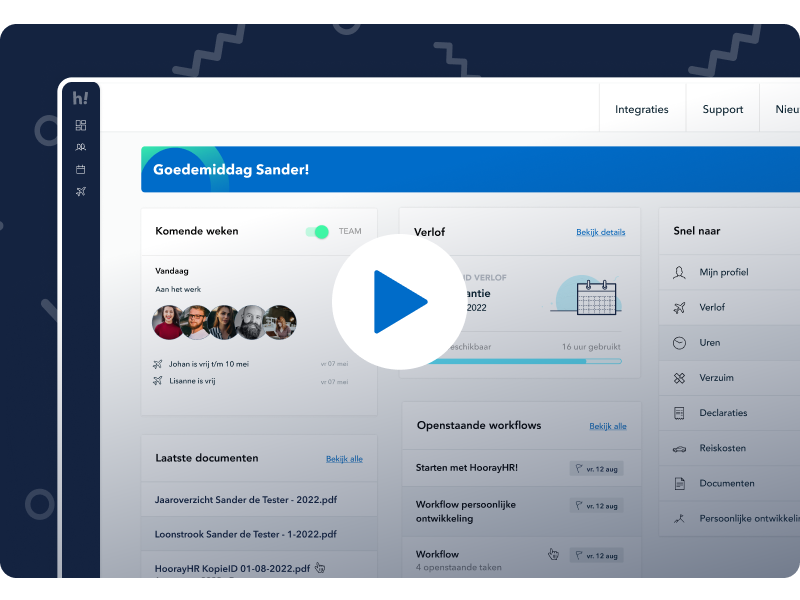Emergency leave; what to do?
Table of contents
In the course of our lives and careers, unforeseen emergencies can strike, necessitating immediate action and understanding from employers and HR professionals. This article delves into the intricacies of emergency leave, guiding employers, HR managers, and employees on how to navigate this challenging situation.
Understanding emergency leave
Emergency leave is a crucial provision in any workplace policy that addresses situations where employees need to take time off from work due to unforeseen, often urgent, circumstances. These emergencies can range from personal health crises and family emergencies to natural disasters and other critical events, even if they seem far-off, you should have a worst-case back-up. Knowing how to handle these situations is vital for ensuring employee well-being and business continuity.
Responding to employee emergencies
When an employee faces an emergency, they need to be guided from the inside out. The workplace has to be supportive, yet firm. For each employee who needs to leave because of an emergency, employers and HR managers should follow these key steps:
- Communication: Encourage open and prompt communication from the employee. Create a supportive atmosphere where employees feel comfortable discussing their needs. Do not only do this at times of trouble, but implement this spirit at all times.
- Documentation: Ask for necessary documentation, such as medical certificates or proof of the emergency, to ensure transparency and fairness at all times, yet be supportive of your employees and guide them.
- Policy review: Familiarise yourself with the company’s emergency leave policy, if it does not exist, make one. Ensure it aligns with legal requirements and provides clear guidelines for both employers and employees.
- Flexible solutions: Explore flexible work arrangements, remote work, or adjusting schedules to accommodate the employee’s situation when possible.
- Supportive approach: Demonstrate empathy and a supportive attitude. Employees going through emergencies often need reassurance and understanding. So do not bombard them with questions and problems.
Ensuring business continuity
While compassion is essential, employers must also consider the impact on business operations To mitigate disruptions:
Cross-training: Cross-train employees to perform essential tasks, reducing dependence on a single individual.
Temporary support: Explore temporary staffing solutions or outsourcing to fill the gap in case of extended absences.
Emergency plans: Develop and communicate contingency plans to ensure essential business functions continue during emergencies.
Balancing employee needs and business success
Managing emergency leave is a delicate balance between accommodating employee needs and maintaining business continuity. Employers and HR professionals who handle these situations with sensitivity and flexibility contribute to employee success and well-being while safeguarding the organisation’s operations.
In conclusion, navigating emergency leave requires a proactive approach, clear policies, and a compassionate mindset. By prioritising employee support and taking steps to ensure business continuity, employers can successfully manage emergencies, demonstrating their commitment to both employee welfare and organisational success.
Disclaimer
Important! Our articles and posts on our website are intended for information purposes and are not binding. They do not constitute full legal advice and are only provided to share information about specific HR topics. The content of this article is not intended to replace binding legal advice that will apply to your specific situation.




